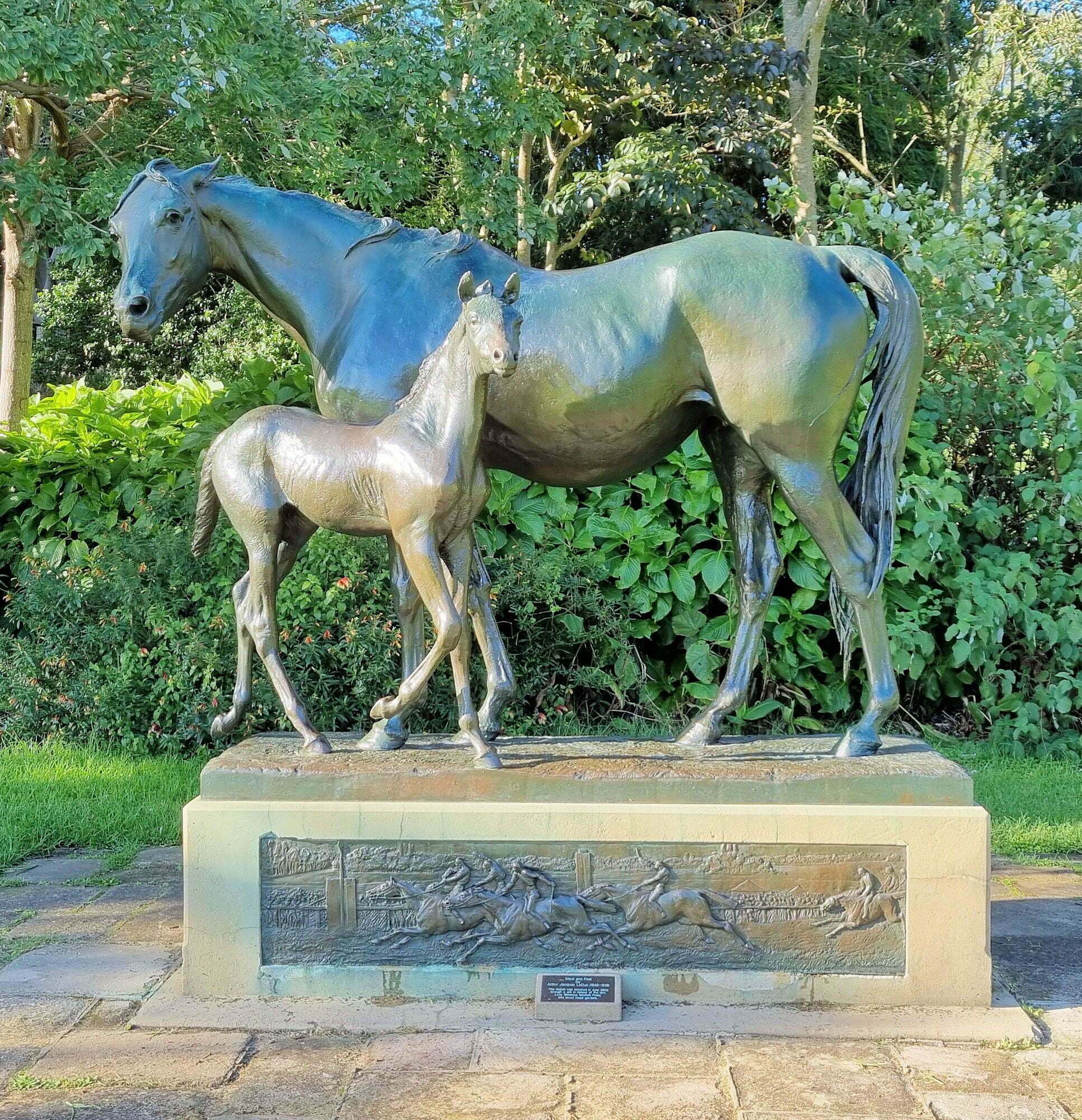Category: Memorial
-
Canberra Airport Hudson Bomber

Lockheed Hudson Mk.IV A16-105 at Canberra Airport Something you don’t expect to see is a five-tonne bomber on the second floor of an airport terminal. However, Canberra Airport has a Lockheed Hudson bomber doing just that. Sitting at the far end of the check-in desks, it’s a monument to all of the RAAF crews who… Read more
-
Statues Royal Botanic Garden Sydney

Statues of the Royal Botanic Garden Sydney Besides plants and trees, the Royal Botanic Garden in Sydney contains many varied and interesting statues. Many are from the early days of the garden when statues formed a major part of its display. Unfortunately removed in large numbers as the gardens developed, many still remain adding to… Read more
